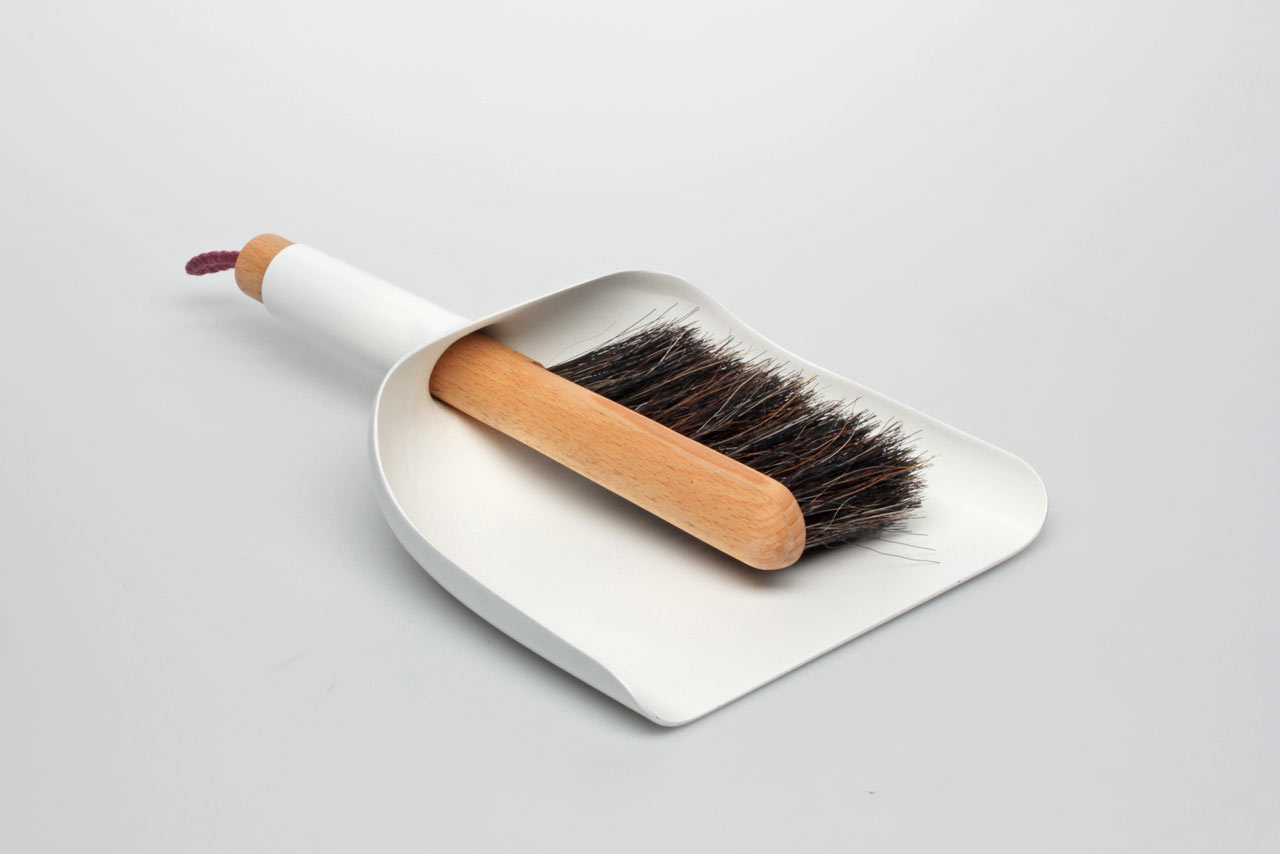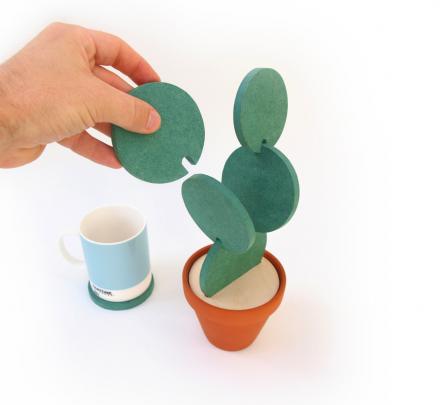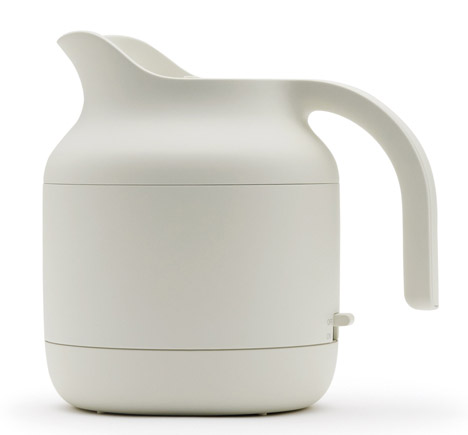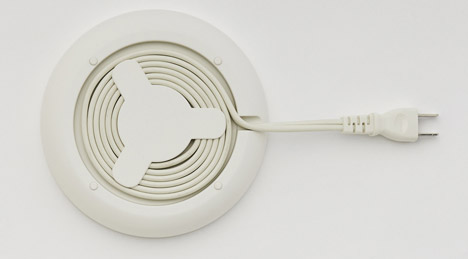In Lecture 2 we learned that there are 3 nodes that influence the aesthetics or forms of product designs- function, human factors and emotion.
To help illustrate this, I have found 3 product designs that have a dominance of each of the factors.

The Sweeper & Dustpan by Jan Kochanski is an example of a function-dominant product. It is a simple and easy to use product, as it is more convenient for users to empty the dustpan by using the dustpan handle as a funnel. The handle of the sweeper also fits perfectly into the handle of the dustpan, which allows the product to be kept neatly and at the same time minimise the space used to keep it.
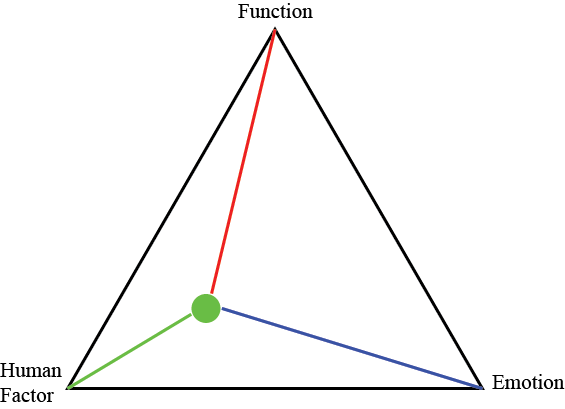
A ‘smart’ spoon has been designed by LiftLabs, a San Francisco based company and this is one example of a human factor-dominant product. It was made solely for patients with Parkinson’s disease, and it has a function in the spoon to counter the vibrating motion of the patient’s hands when they are eating.
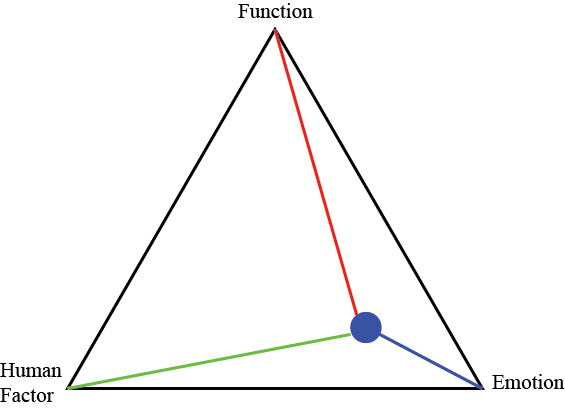
Lastly, Cacti Coasters by Clive Roddy is an example of an emotion-dominant product. Although one creative way to store the coasters is by interlocking and stacking them up, its purpose is only for cups to rest on it, and prevent your tables from getting dirty. However this fun and interactive way of keeping them brings out curiosity in the user, therefore it is an emotion-dominant product.
